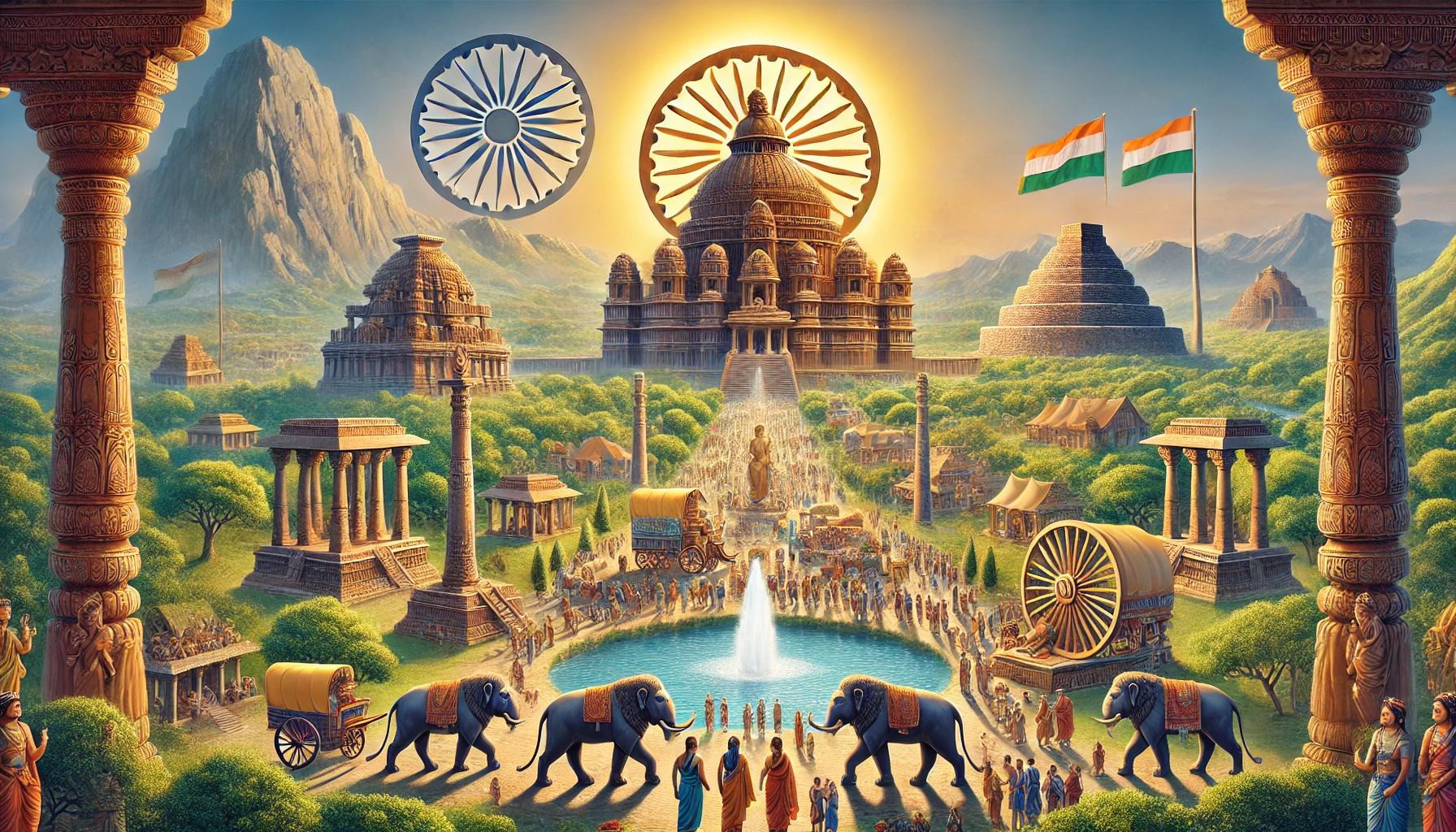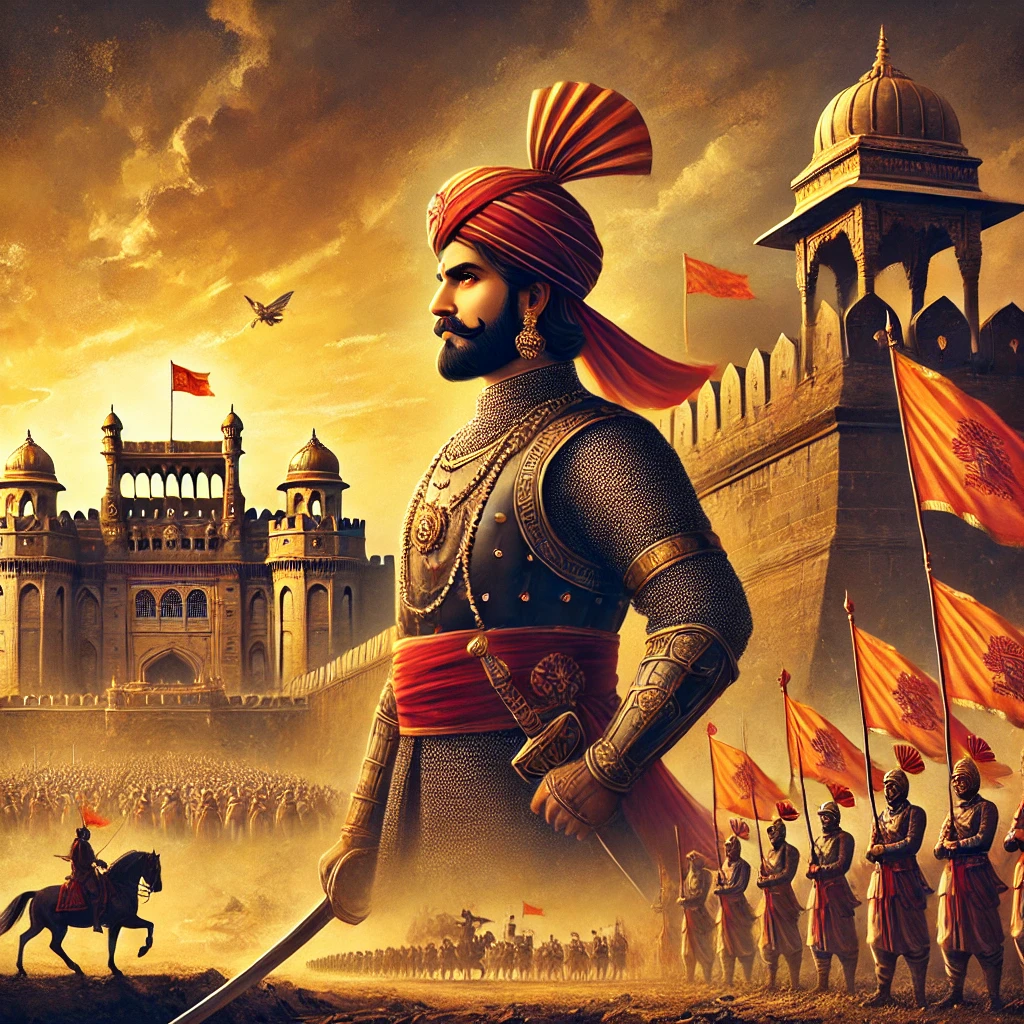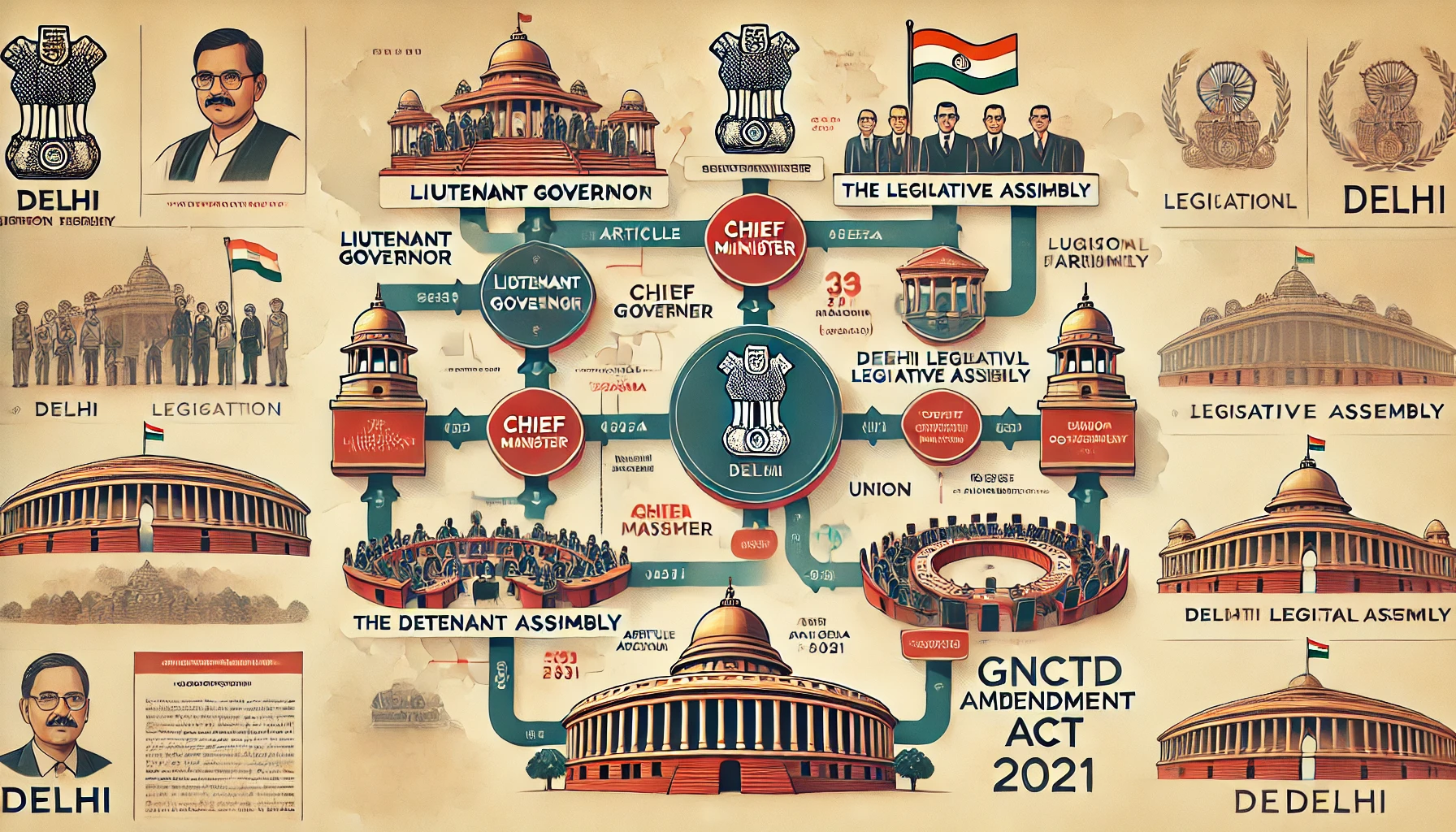The Mauryan Empire: A Comprehensive Overview for Competitive Exams
The Mauryan Empire, one of the most significant and expansive empires in Indian history, holds a crucial place in the study of ancient Indian civilization. Established in 322 BCE by Chandragupta Maurya, it played a pivotal role in shaping the political, cultural, and social landscape of India. This blog provides a detailed account of the Mauryan Empire, focusing on its founding, key rulers, administration, achievements, and its eventual decline, which will be useful for competitive exams.
1. Foundation of the Mauryan Empire
The Mauryan Empire was founded by Chandragupta Maurya in 322 BCE. Chandragupta was guided by the teachings of Chanakya, a renowned scholar and strategist who is also credited with the authorship of the political treatise Arthashastra.
- Chandragupta’s Early Life: Chandragupta came from a humble background but rose to prominence through his military skills and strategic acumen. With the support of Chanakya, he overthrew the Nanda dynasty and established the Mauryan Empire.
- The Conquest of Magadha: The empire’s core was in Magadha (modern-day Bihar), a region that had been a seat of political power for several earlier dynasties, including the Nandas. After establishing control over Magadha, Chandragupta expanded his empire by conquering large parts of northern and central India.
2. Key Rulers of the Mauryan Empire
The Mauryan Empire is best known for three prominent rulers:
- Chandragupta Maurya (322–298 BCE):
- Chandragupta’s reign marked the consolidation of the empire’s territories. He defeated the Greek governor Seleucus Nicator in 305 BCE and took control of regions extending to the west of the Indus River.
- Chandragupta embraced Jainism towards the end of his life and abdicated the throne in favor of his son, Bindusara.
- Bindusara (298–273 BCE):
- Bindusara, the son of Chandragupta, was a more passive ruler compared to his father. However, he expanded the empire further south, reaching the Deccan Plateau.
- He is known for his diplomatic relations with the Hellenistic world and the preservation of the empire’s integrity.
- Ashoka the Great (273–232 BCE):
- Ashoka is the most famous Mauryan ruler. He is celebrated for his transformation from a ruthless conqueror to a proponent of Buddhism and non-violence.
- After the Kalinga War (261 BCE), which caused immense loss of life, Ashoka adopted Dhamma, a policy based on the teachings of Buddhism, promoting compassion, morality, and welfare of the people.
- Ashoka’s rock edicts, inscribed across India and beyond, offer invaluable insights into the administration, moral values, and religious tolerance during his reign.
3. Administration and Governance
The Mauryan Empire had a highly organized and efficient system of governance, designed to manage a vast territory with diverse cultures and traditions. The empire’s political system was centralized, and the king held supreme authority.
- Centralized Bureaucracy: The emperor had a council of ministers and advisors, including a prime minister (called Mahamatya). The empire was divided into provinces, each headed by a governor (Kumara), often a member of the royal family.
- Civil Services: A well-organized civil service ensured smooth administration, which included a system of spies and an army that maintained order.
- Economy: The Mauryan economy was primarily agrarian but was also supported by trade and commerce. The state collected taxes from agriculture, trade, and industries.
- Law and Order: Ashoka’s Dhamma policy sought to ensure justice, social welfare, and moral integrity, with emphasis on the protection of animals and the welfare of the poor.
4. Achievements of the Mauryan Empire
The Mauryan Empire made several remarkable contributions to the development of ancient India:
- Art and Architecture:
- Ashoka’s Pillars and Edicts: The Ashokan pillars, inscribed with edicts promoting Dhamma and moral principles, are important monuments in Indian art and history. They exemplify the empire’s commitment to public welfare.
- Stupas and Buddhist Monuments: The Mauryan period saw the construction of monumental stupas, including the famous Sanchi Stupa, which symbolized the spread of Buddhism.
- Spread of Buddhism:
- Under Ashoka’s rule, Buddhism became a state-sponsored religion. Ashoka sent missionaries to foreign lands, including Sri Lanka and Central Asia, to propagate Buddhism.
- Infrastructure:
- The Mauryan rulers invested in building roads, irrigation systems, and cities, which boosted trade and economic activities. The Grand Trunk Road is one of the famous infrastructural achievements from this period.
5. Decline of the Mauryan Empire
After the death of Ashoka in 232 BCE, the Mauryan Empire began to decline, and several factors contributed to its eventual fall:
- Weak Successors: Ashoka’s successors lacked his strength, vision, and leadership skills, leading to administrative inefficiency and weakening of central authority.
- External Attacks: The invasion of the Sakas and other foreign tribes weakened the empire’s western frontier.
- Economic Decline: The empire faced financial difficulties due to the heavy burden of maintaining a large bureaucracy and military.
By 185 BCE, the last Mauryan ruler, Brihadratha, was overthrown by his general Pushyamitra Shunga, marking the end of the Mauryan Empire and the rise of the Shunga dynasty.
6. Legacy of the Mauryan Empire
Despite its decline, the Mauryan Empire left a lasting legacy:
- Political Unity: The Mauryan Empire unified a large part of the Indian subcontinent for the first time, setting the stage for subsequent Indian empires like the Gupta Empire.
- Buddhism: Ashoka’s promotion of Buddhism played a key role in spreading the religion beyond India, influencing countries like Sri Lanka, China, and Southeast Asia.
- Cultural Contributions: The Mauryan period contributed significantly to Indian art, architecture, and literature.
Conclusion
The Mauryan Empire was a monumental chapter in ancient Indian history. Its remarkable rulers, especially Ashoka, shaped not only India’s political and religious landscape but also left a profound impact on world history. Understanding the Mauryan Empire’s administration, achievements, and decline is essential for competitive exams, as it provides insights into the foundations of Indian polity, culture, and governance.
Why is the 10° Channel Named So? Channels in and Around India



